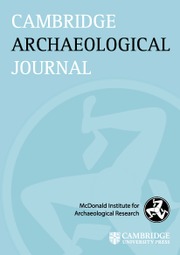No CrossRef data available.
Article contents
The Past Is Not What It Used to Be: Contemporary Myths, Cold War Nostalgia and Abandoned Soviet Nuclear Bases
Published online by Cambridge University Press: 25 October 2024
Abstract
This article delves into the contemporary social perception of the three abandoned Soviet Cold War tactical nuclear bases in Poland, focusing on often overlooked phenomena in archaeological studies such as the contemporary myths (folk tales, contemporary legends, modern folklore, etc.) and nostalgia that have emerged around these sites. While contemporary myths and nostalgia are distinct phenomena with different outcomes, they share a common feature: a mythologized approach to the past. Established historical and archaeological narratives, derived from detailed studies, often coexist with alternative versions of the past inspired by folk imagination. This article aims to highlight their cultural value as an integral part of local identity, actively shaping the perception of material heritage. Contemporary myths offer insight into another layer of collective perception of the past, while nostalgia delves into the emotional aspects of human existence, coping with transience and searching for meaning.
- Type
- Research Article
- Information
- Copyright
- Copyright © The Author(s), 2024. Published by Cambridge University Press on behalf of the McDonald Institute for Archaeological Research


